Ssangdari Gisa Sikdang (쌍다리기사식당)
3.5Km 2021-03-29
4, Seongbuk-ro 23-gil, Seongbuk-gu, Seoul
+82-2-743-0325
As a place where you can eat at affordable prices, it is a restaurant loved by local residents. The best menu at this restaurant is pork bulgogi. This Korean dishes restaurant is located in Seongbuk-gu, Seoul.
Blue Square (블루스퀘어)
3.5Km 2021-03-25
Itaewon-ro 294, Yongsan-gu, Seúl
Blue Square es un complejo cultural construido por Interpark Group para dar apoyo a las artes escénicas. Abrió en noviembre de 2011, convirtiéndose en la mayor sala de actuaciones de arte de Corea. Tiene un teatro con 1.726 butacas, una sala de conciertos con 1.400 butacas y espacio de pie para 3,000 personas, y dos grandes teatros.
Eulmildae Pyeongyang Naengmyeon (을밀대평양냉면)
3.5Km 2021-03-26
24, Sungmun-gil, Mapo-gu, Seoul
+82-2-717-1922
It is a famous Pyongyang naengmyeon (Korean cold noodle) restaurant in Mapo where a lot of customers always wait in line. This restaurant's signature menu is Pyeongyang cold buckwheat noodles. This Korean dishes restaurant is located in Mapo-gu, Seoul.
Wan Chai (완차이)
3.5Km 2019-04-10
50-7, Myeongmul-gil, Seodaemun-gu, Seoul
+82-2-392-0302
Wan Chai is a Chinese restaurant with a name meaning "spicy," and is a must-visit for those who love spicy food. Rather than the original spicy Chinese Sichuan cuisine, a small amount of Korean spices have been added to create even better tasting dishes.
The most popular item on the menu is a large plate of reddened mussels known as the Extra Spicy Stir-fried Mussels. The dish is a mixture of spicy red peppers, garlic, and spicy sauce, stir-fried to perfection. Many customers also come in for the gul jjamppong (spicy noodle soup with oysters). Even the jajangmyeon (noodles in black bean sauce) tastes great here, with clean-tasting black soy bean sauce. Finally, for dessert, lychee is served, a unique treat to finish off a meal at Wan Chai.
Museo de Arte Leeum (리움 미술관)
3.5Km 2024-08-05
Itaewon-ro 55-gil 60-16, Yongsan-gu, Seúl.
Situado sobre el monte Namsan, con vistas al río Hangang, el Museo de Arte Leeum se compone de tres espacios que representan el arte y la cultura del pasado, presente y futuro. También se encuentran el Centro de Educación y Cultura de los Niños de Samsung.
El museo también tres edificios: Museo 1, concebido por el arquitecto suizo Mario Botta según los motivos de la porcelana tradicional y dedicado al arte tradicional coreano; Museo 2, realizado por el arquitecto francés Jean Nouvel con diseños y materiales innovadores y consagrado al arte contemporáneo; y el Centro de Educación y Cultura de los Niños, concebido por el arquitecto holandés Rem Koolhaas. Así, estos tres edificios, construidos con diversos materiales y técnicas innovadoras representan los diferentes estilos de cada arquitecto, están dotados en sí mismos de valores artísticos.
Si el Museo 1 muestra la belleza de la porcelana coreana con telas que simbolizan la tierra y el fuego, el Museo 2 utiliza aceros oxidados y cristales por primera vez en el mundo. El Centro de Educación y Cultura de los Niños, que parece flotar en el aire al utilizar hormigón negro, representa un espacio futurista. En el Museo 1 se exponen obras representantes del arte tradicional coreano. La sala de exposiciones permanente presenta cerca de 120 piezas representativas de la colección del museo sobre cuatro pisos, y se compone de diferentes secciones: Goryeo Cheongja (celadón azul de la dinastía Goryeo), Buncheongsagi y Baekja (porcelana blanca) de la dinastía Joseon, pinturas, caligrafías, arte budista y artesanía del metal. La colección del museo está considerada como la mejor de Corea tanto por su calidad como por su cantidad.
El Museo 2 alberga alrededor de 70 obras, que recogen obras representantes del arte del país desde 1910 y las del arte contemporáneo de otros países desde 1945. Entre estas obras se encuentran las de artistas que abrieron nuevos horizontes al arte moderno: Alberto Giacometti, Francis Bacon, Mark Rothko, Joseph Beuys y Andy Warhol. Usted podrá encontrar también obras de artistas que forman parte de las corrientes principales del arte contemporáneo como Damien Hirst o Mattew Barney. El museo gestiona también un instituto de conservación y de archivos de arte coreano con el fin de restaurar el patrimonio del país.
Festival de América Latina (라틴아메리카 축제)
3.5Km 2024-08-22
Samseongyo-ro Jiha 1, Seongbuk-gu, Seúl
02-2241-6381/3/4
Samcheonggak(삼청각)
3.6Km 2020-12-24
3 Daesagwan-ro Seongbuk-gu Seoul
+82-2-765-3700
You can enjoy Hanjeongsik (Korean table d’hote) in a beautiful natural environment. This Korean dishes restaurant is located in Seongbuk-gu, Seoul. The most famous menu is Korean table d'hote.
Hostel Vanilla2
3.6Km 2021-04-09
34-8, Jong-ro 57-gil, Jongno-gu, Seoul
+82-10-9945-1944
Hostel Vanilla 2 is a guesthouse in a residential house located in Sungin-dong, Jongno-gu, Seoul. The 2-story house has 9 cozy rooms. Over 90% of the guests are from China, Taiwan, Hong Kong, Thailand, and Japan, and most of them are in their twenties. Since it is within a 10-minute walk from Dongdaemun Design Plaza, most guests – particularly those who came to Korea to shop during their tour - stay there for three or four days. All the guestrooms are for two and are kept clean at all times. The guesthouse provides free luggage storage service even after the guest has checked out, which is very convenient to the shoppers. Because the guests are young, the guesthouse owner communicates with the guests through various social network services and apps.
Seongbuk-dong Jip(성북동집)
3.6Km 2020-12-24
4 Seongbuk-ro 24-gil Seongbuk-gu Seoul
+82-2-747-6234
This restaurant in Seongbuk-dong is famous for its Kalguksu (chopped noodle soup) and dumplings. This restaurant's signature menu is noodle soup. This Korean dishes restaurant is located in Seongbuk-gu, Seoul.
Seongbuk-dong Jip (성북동집)
3.6Km 2021-03-29
4, Seongbuk-ro 24-gil, Seongbuk-gu, Seoul
+82-2-747-6234
This restaurant in Seongbuk-dong is famous for its Kalguksu (chopped noodle soup) and dumplings. This restaurant's signature menu is noodle soup. This Korean dishes restaurant is located in Seongbuk-gu, Seoul.
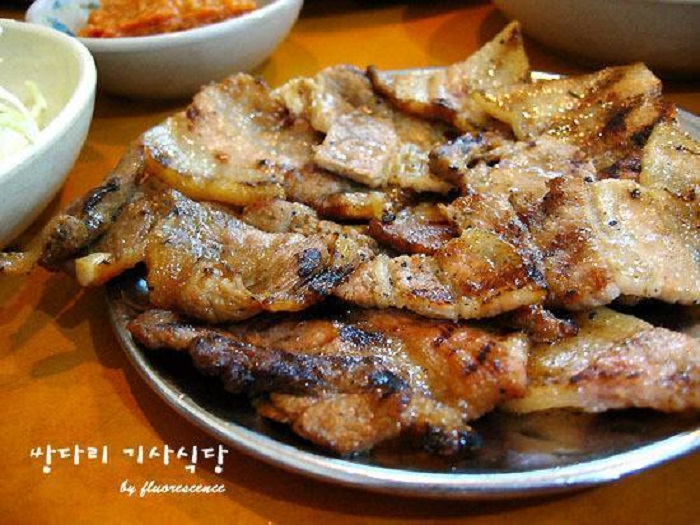
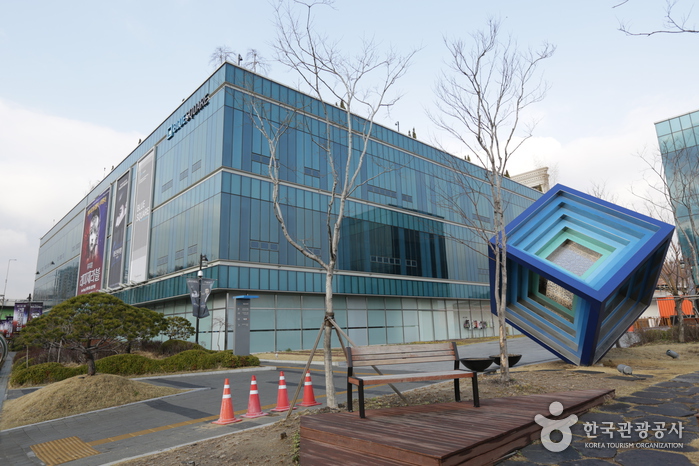
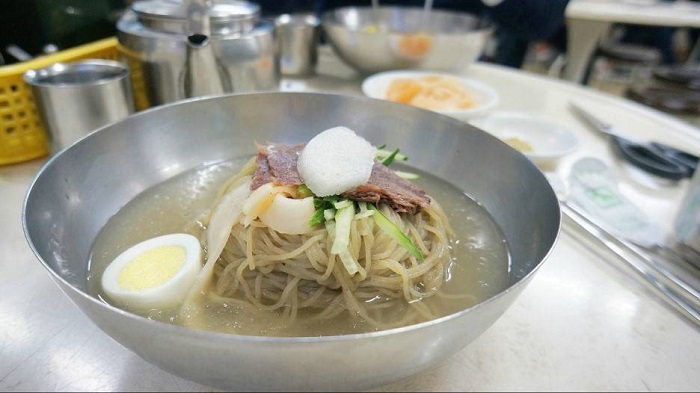
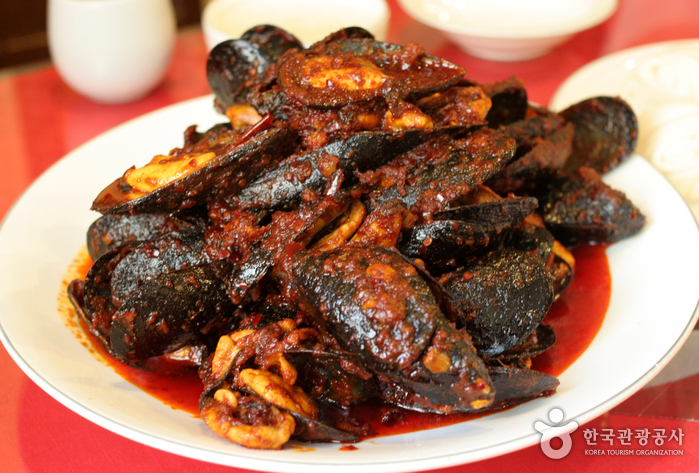

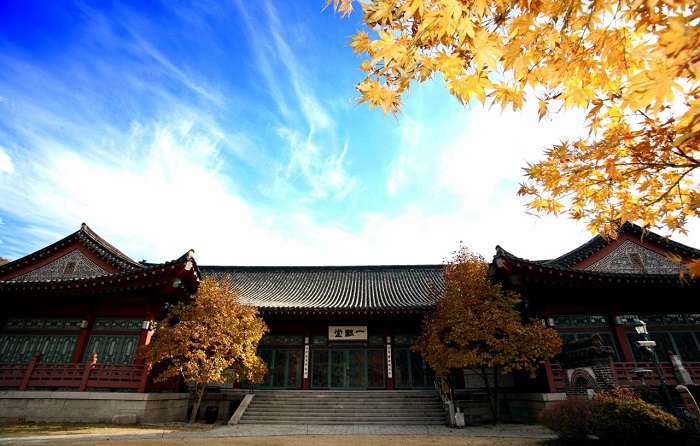
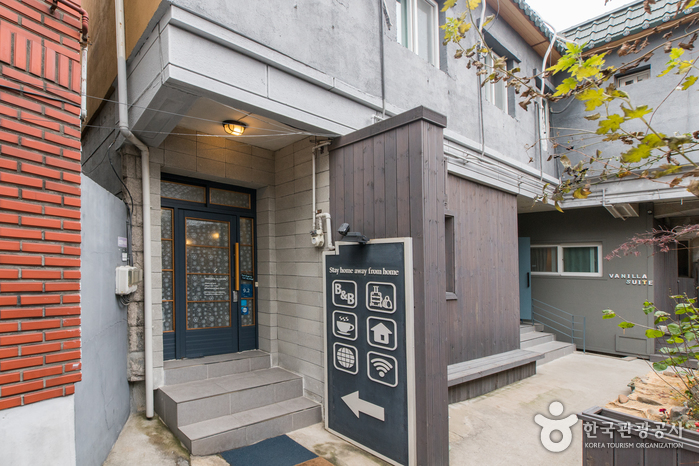
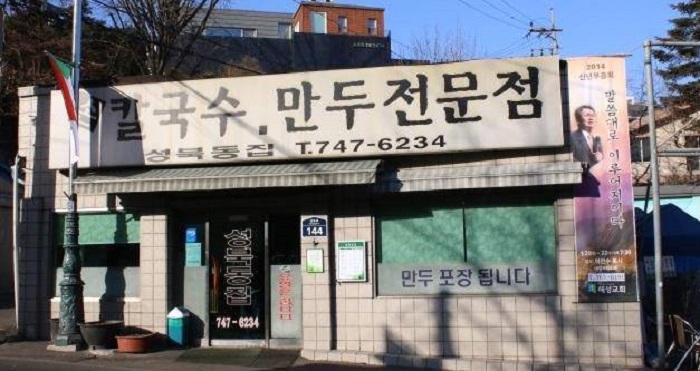
 Español
Español
 한국어
한국어 English
English 日本語
日本語 中文(简体)
中文(简体) Deutsch
Deutsch Français
Français Русский
Русский